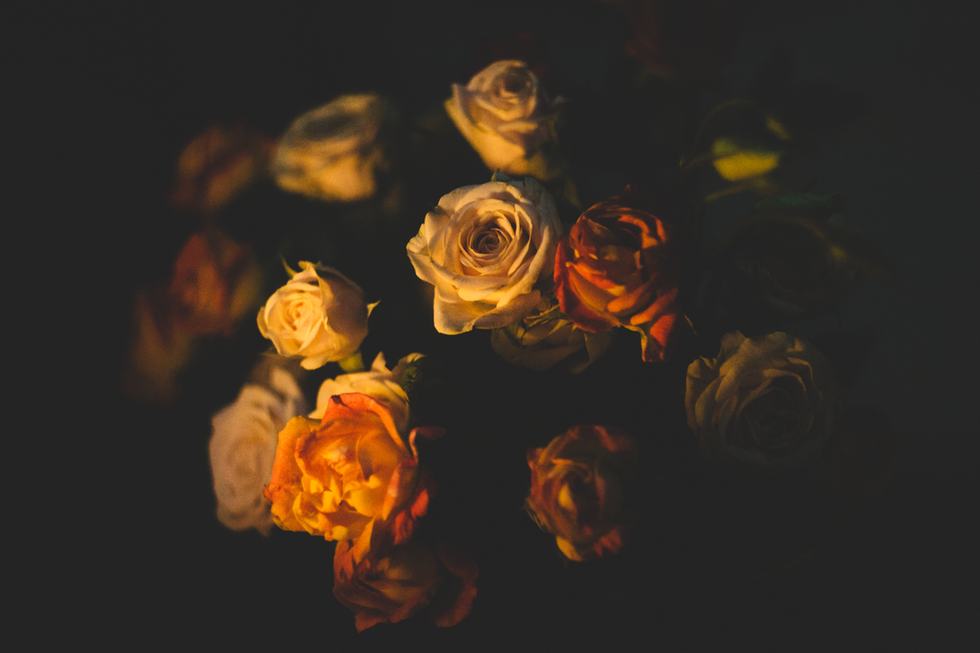In 1857, a volume of poetry was published in France by an obscure writer then known only for some critical essays on art and his translations of Edgar Allan Poe. The book was called Les Fleurs du Mal, or Flowers of Evil, and the man who wrote it was named Charles Baudelaire. Upon its release, the book was an immediate sensation, with attention centered around the book's themes of decadence and its sexually explicit poems. Deemed obscene by the French courts, Baudelaire and his publisher were fined, and six of the poems were banned for decades. Other artists and writers, however, felt that the work was one of genius beyond its surface shock, with novelist Victor Hugo, himself no stranger to legal controversy, writing Baudelaire a letter of encouragement. And over the years, their view has largely triumphed, with Les Fleurs du Mal often being cited as a central text of both Symbolism and Modernism.
I first encountered this book myself during the summer before I started high school in the Easton Public Library. I was wandering around the aisles (a wonderful activity that I highly recommend) when I noticed a large book with a black cover that had no markings on it, neither title nor call number. All that there was on the cover was a stain that looked like someone had put their coffee mug on top of it. For some reason, I found myself fascinated by this book's mystery, as well as the fact that it was apparently looked down upon. Flipping past the introduction by the translators (George Dillon and Edna St. Vincent Millay), I read the first poem in the anthology, "Lethe".
Inspired by the Classical myth of Lethe, a river in the Underworld that, when drunk, induces forgetfulness, Baudelaire's "Lethe" transports this river from the Underworld to the mouth of his faithless mistress. The speaker of the poem talks about how it is only in her caresses and kisses that he finds peace from the pains and troubles of life; however, this is not a calm peace, but a temporary oblivion, one that often causes immense pain once the ecstasy wears off. But this is precisely what the speaker likes about this woman and the intoxicating Lethe that runs through her breath, as he ends the poem by comparing himself to a martyr whose doom is his joy. Chances are, it was this mixture of religious themes with sado-masochistic imagery that made this poem one of the six to be banned.
Suffice to say, this poem had a very deep impact on my adolescent mind, and actually kickstarted my love for poetry, and the rest of Baudelaire's writings have continued to have a lasting influence on my ideas about art and life. Even today, I still consider Les Fleurs du Mal to be one of my central texts.





















